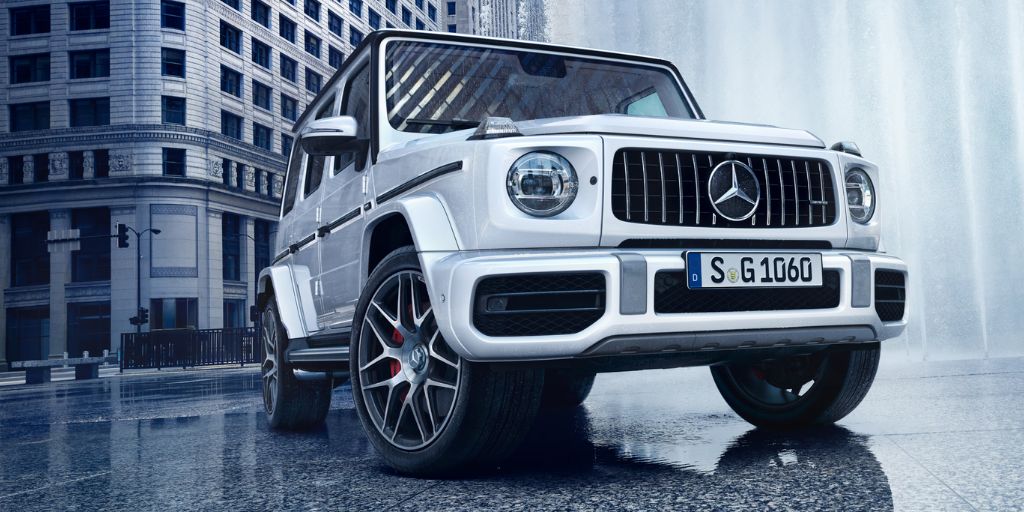When it comes to owning an SUV, buyers often weigh two critical factors: reliability and long-term cost of ownership. For many, the ideal SUV is one that delivers solid performance with minimal fuss—just routine oil changes, brake servicing, and the occasional tire rotation.
These models are celebrated for their ability to clock hundreds of thousands of miles without a major hiccup. On the other hand, some SUVs look appealing on paper but become nightmares as soon as the odometer creeps up.
These vehicles rack up costly repair bills that can easily eclipse their resale value, turning what seemed like a smart purchase into a financial sinkhole.
This article explores both sides of the spectrum. First, we’ll highlight five SUVs known for their durability and low maintenance needs, the kinds that reward owners with peace of mind and long service life.
After that, we’ll shine a light on five SUVs notorious for high repair costs and reliability woes, helping buyers avoid potential pitfalls.
Whether you’re shopping for a rugged workhorse or simply want to know which models to steer clear of, this deep dive will equip you with the insights you need. After all, longevity and affordability should go hand in hand—especially when it comes to SUVs.
Also Read: 5 Cars Perfect for Small Families and 5 That Are Too Unreliable
5 SUVs That Last Forever With Basic Maintenance
In the world of SUVs, durability is a badge of honor. For drivers who rely on their vehicles for everything from daily commuting to family road trips and rugged outdoor adventures, an SUV that stands the test of time is invaluable.
But longevity isn’t just about a vehicle’s ability to rack up miles; it’s also about doing so without constant mechanical headaches.
The best SUVs combine robust engineering with simple maintenance routines, allowing owners to keep them running smoothly with basic upkeep.
These are the vehicles that thrive on routine oil changes, filter swaps, and scheduled tune-ups—without demanding expensive or complex repairs at every turn.
Certain brands and models have become legends for this reason. They’re the ones you’ll see still chugging along on the road after 15 or even 20 years, often with their original drivetrain intact.
Their secret? Time-tested designs, fewer high-tech gimmicks that can break down, and parts that are widely available and affordable.
These SUVs are especially appealing to budget-conscious drivers who want the utility and confidence of an SUV without worrying about unexpected repair costs or frequent shop visits.
In this section, we’ll break down five standout SUVs that have earned a reputation for rock-solid dependability and longevity.
We’ll dig into what makes each one a smart choice—whether it’s bulletproof powertrains, sturdy build quality, or a proven track record backed by owner testimonials and expert reviews.
If you’re in the market for an SUV that promises years of faithful service with just the basics in maintenance, these models should be at the top of your list.
1. Toyota Land Cruiser
The Toyota Land Cruiser is the epitome of durability and longevity. This legendary SUV has a reputation for going the distance, often clocking over 300,000 miles with basic maintenance.
Its rugged design and proven powertrains make it one of the most reliable vehicles on the planet.
Toyota’s commitment to quality engineering is evident in the Land Cruiser, with its full-frame construction, long-lasting suspension components, and high-strength drivetrain.
What sets the Land Cruiser apart is its ability to withstand extreme conditions. Whether you’re navigating rough terrains or cruising on highways, it handles it all without breaking a sweat.
Routine maintenance such as oil changes, brake service, and occasional fluid top-ups can keep this SUV running smoothly for decades.
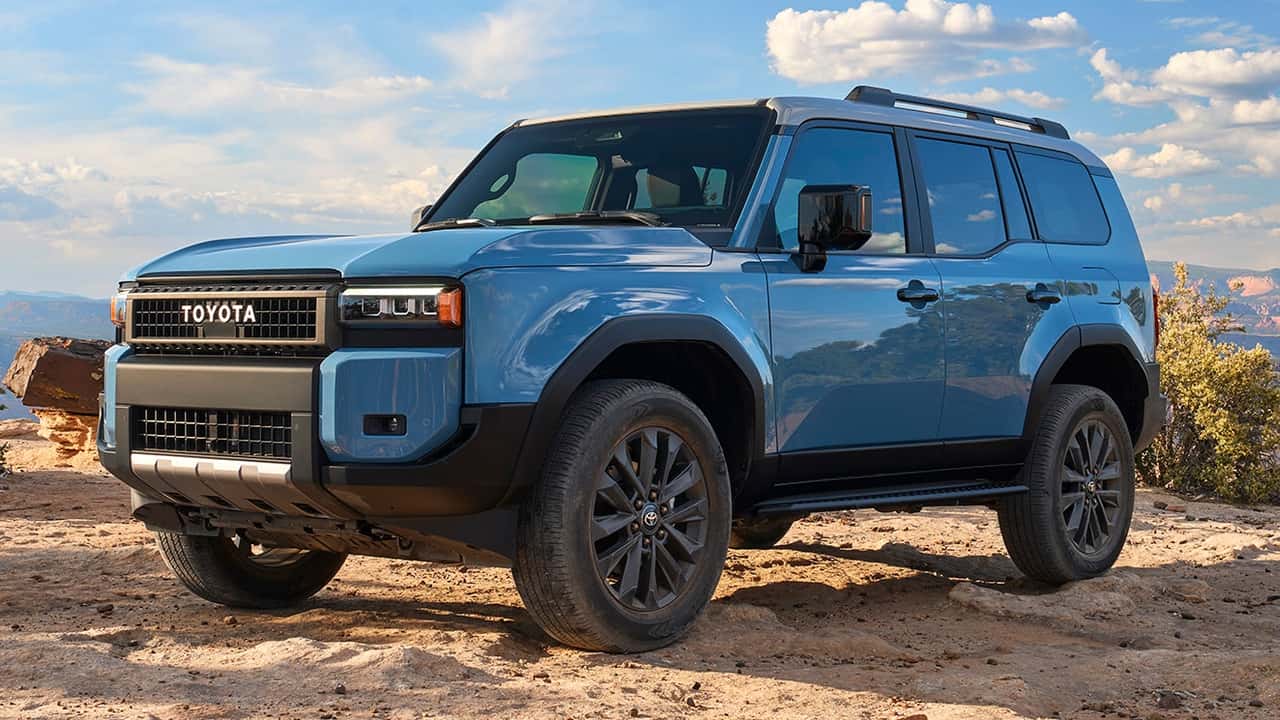
The 4.6-liter V8 engine, while not the most fuel-efficient, is known for its reliability, with many owners reporting trouble-free ownership for years.
The sheer simplicity of the vehicle’s design also means fewer things are prone to malfunction. Parts are readily available and affordable, making repairs straightforward when necessary.
If you’re looking for an SUV that can survive the test of time with minimal fuss, the Land Cruiser is one of the best. It’s built for those who want to enjoy years—if not decades—of worry-free driving.
2. Honda CR-V
The Honda CR-V is a compact SUV that has long been known for its reliability and low-maintenance ownership. A favorite among families and commuters, the CR-V offers a well-rounded driving experience, combining practicality, comfort, and lasting durability.
With regular maintenance, it’s not uncommon for these vehicles to hit 250,000 miles or more without significant issues.
Under the hood, the CR-V is equipped with an efficient 2.4-liter engine (or 1.5-liter turbocharged engine in newer models), known for its longevity and efficiency.
The engine, combined with Honda’s reputation for building durable transmission systems, makes the CR-V one of the most reliable compact SUVs on the market. Regular fluid changes, brake maintenance, and tire rotations are all that’s needed to keep the CR-V running strong.
One of the main advantages of the CR-V is its simplicity in design, which reduces the likelihood of complex issues down the line.

Unlike some newer models loaded with expensive tech and advanced systems, the CR-V focuses on core, easy-to-maintain components.
Additionally, Honda’s vast network of dealerships and parts suppliers ensures that replacement parts are easy to find and won’t break the bank.
For those looking for a practical, efficient, and long-lasting compact SUV, the Honda CR-V is one of the top contenders. It delivers strong value over the years with minimal upkeep.
3. Lexus GX
The Lexus GX is another Toyota product that exemplifies the brand’s commitment to durability. As a luxury SUV, the GX combines comfort and reliability, making it a top choice for those seeking a refined vehicle that lasts.
Built on the same platform as the Toyota Land Cruiser, the GX inherits many of the same rugged qualities that make the Land Cruiser famous for its long-lasting durability.
Equipped with a 4.6-liter V8 engine, the GX delivers plenty of power while maintaining Toyota’s reputation for building engines that can run well beyond 200,000 miles with minimal repairs.
The vehicle’s frame and body are designed for serious off-roading, but it’s equally comfortable on paved roads, making it a versatile option for long-term ownership.
Like the Land Cruiser, the Lexus GX’s mechanical simplicity is part of its longevity. With basic maintenance, including oil changes, brake checks, and periodic fluid flushes, the GX’s drivetrain and suspension system can last for decades.
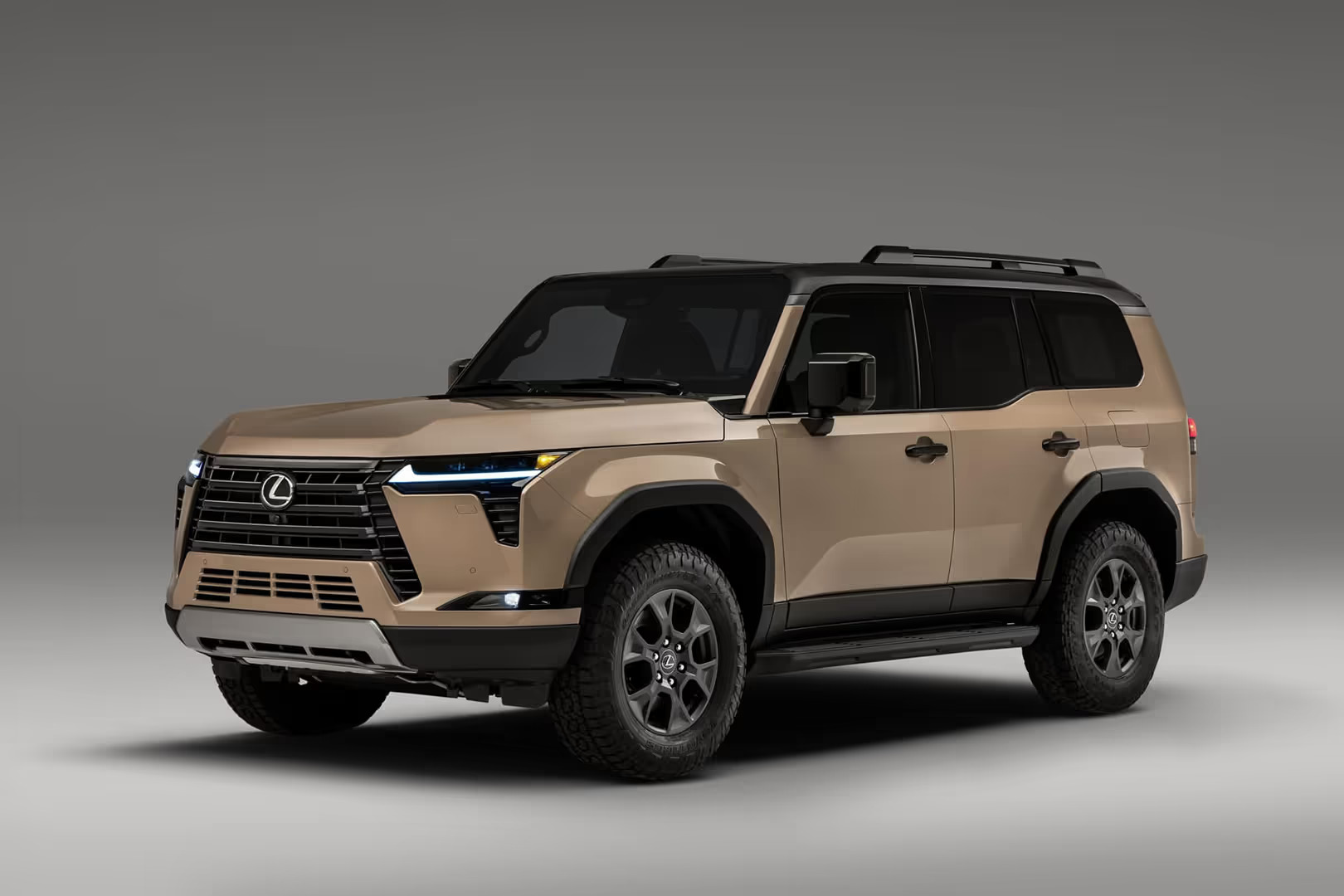
It’s also known for having a high resale value, as its durability makes it a desirable vehicle even with higher mileage.
For buyers looking for a luxury SUV that won’t break the bank on repairs and maintenance, the Lexus GX is an excellent option. It offers the best of both worlds—luxury and long-lasting reliability.
4. Subaru Outback
The Subaru Outback has long been a favorite among outdoor enthusiasts and families, thanks to its rugged off-road capabilities and stellar reliability.
This mid-size SUV is built to handle tough conditions, whether you’re navigating snowy mountain passes or taking a family road trip.
With routine maintenance, many Outback owners report easily surpassing 200,000 miles without significant issues, making it one of the best vehicles for longevity in its class.
The Outback comes with Subaru’s renowned all-wheel-drive system, which adds to its ability to handle various weather and terrain conditions.
The vehicle’s 2.5-liter engine is known for its smooth performance and impressive fuel efficiency, but what makes it stand out in terms of longevity is its simple design.
The Outback is not overloaded with complex electronics or technology that could fail over time, making it a solid choice for those seeking a reliable, low-maintenance vehicle.
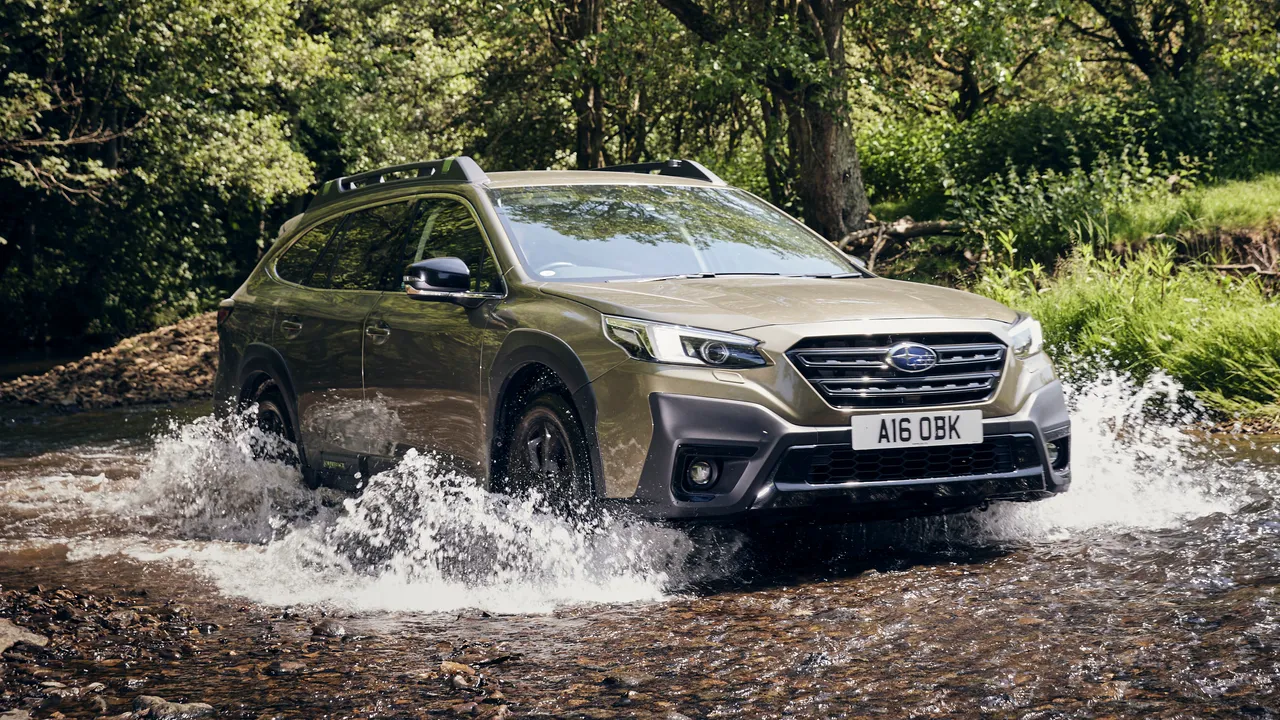
Routine care such as oil changes, brake checks, and fluid flushes are all it takes to keep the Outback running smoothly. The availability of affordable parts and Subaru’s strong dealer network also ensure that repairs are cost-effective.
If you’re looking for an SUV that can handle rough conditions while providing years of dependable service, the Subaru Outback is a fantastic option.
5. Toyota 4Runner
The Toyota 4Runner is a legendary off-road SUV that excels in reliability, making it one of the best long-term vehicles for buyers seeking minimal maintenance hassles. Known for its rugged body-on-frame construction, the 4Runner is built to last.
Owners often report that with basic upkeep, it can easily surpass 300,000 miles, making it an ideal option for anyone looking for an SUV with a proven track record.
What sets the 4Runner apart from other SUVs is its simplicity. Unlike many modern vehicles that rely on intricate electronics and expensive components, the 4Runner’s straightforward design allows for easy maintenance and repairs.
The 4.0-liter V6 engine, while not the most fuel-efficient, is known for its robustness, and the vehicle’s sturdy suspension system ensures it can handle a variety of terrains without issue.
With regular services such as oil changes, air filter replacements, and brake maintenance, the 4Runner will continue to serve its owners reliably for many years.
Its off-road capabilities make it perfect for adventurers who want a vehicle that can tackle challenging environments while remaining dependable.
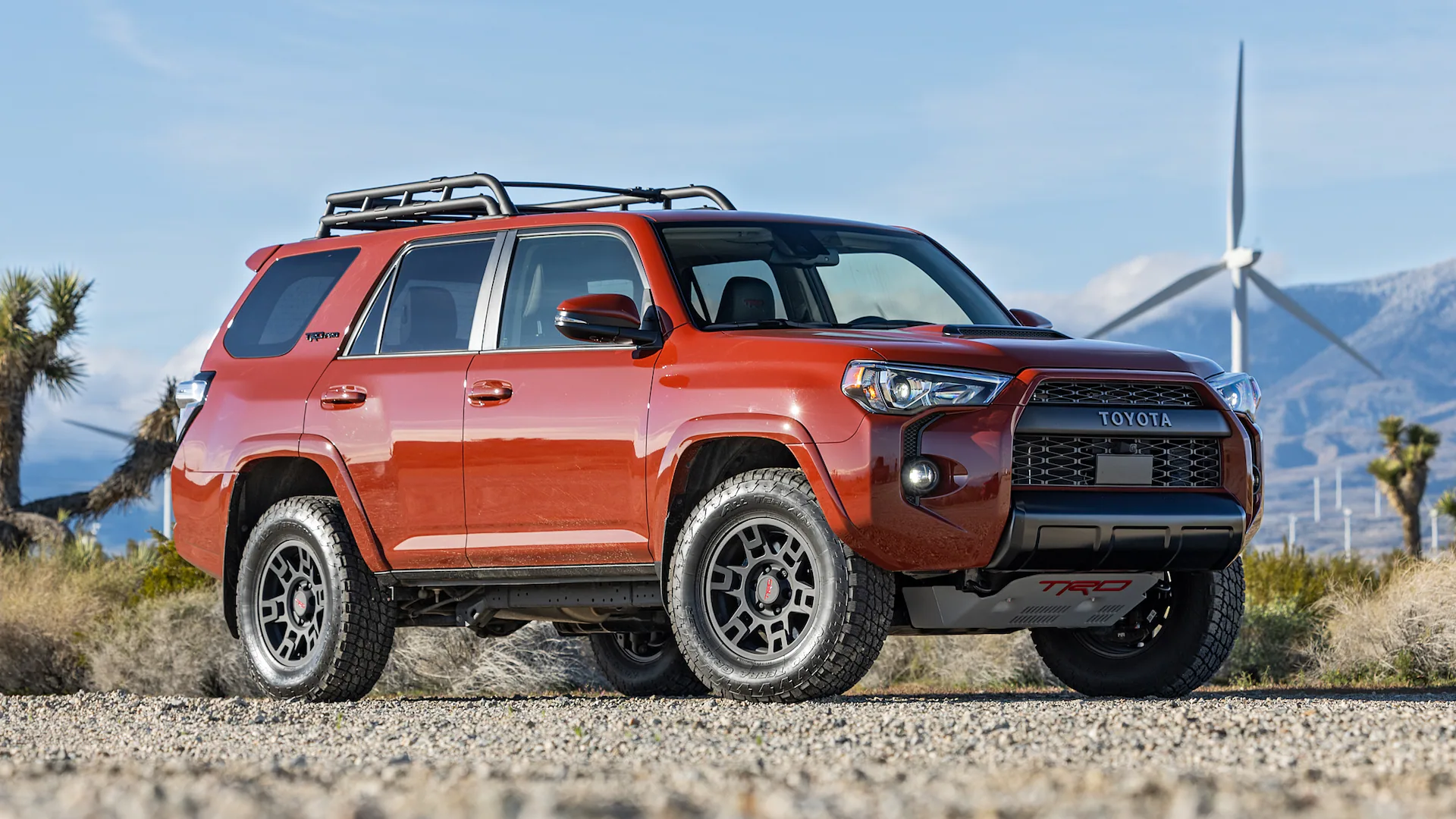
The 4Runner also has a strong resale value, as its durability and longevity make it a sought-after model in the used car market.
For those in need of a reliable, adventure-ready SUV, the Toyota 4Runner stands out as one of the most durable options available.
5 SUVs That Demand Expensive Repairs
While many SUVs are built to last with basic upkeep, there are others that quickly reveal themselves to be high-maintenance money pits.
These vehicles often seem like good buys initially, but as time goes on, they require frequent, costly repairs that can make ownership a financial burden.
Whether it’s due to overcomplicated designs, poorly engineered components, or simply a history of mechanical issues, these SUVs tend to demand far more attention and investment than what their owners initially anticipated.
From problematic transmissions to expensive electrical failures, some SUVs are notorious for their propensity to break down in ways that lead to hefty repair bills.
These issues often arise after a few years of ownership, when extended warranties expire, leaving drivers facing significant costs to keep their vehicles running.
While many of these models come with premium features and aesthetics, their high maintenance needs can quickly erode any financial savings.
In this section, we’ll highlight five SUVs that have earned a reputation for being repair-prone, shedding light on what specifically causes these models to have expensive repair histories.
For those in the market for a new SUV, this guide will serve as a warning to steer clear of these models or, at the very least, approach them with caution.
We’ll explore what goes wrong with these vehicles, why their repair bills can spiral out of control, and how owners can better understand the financial realities of these often unreliable SUVs.
1. Audi Q7
The Audi Q7 is a luxurious full-size SUV that boasts a wealth of high-end features and a stylish design. However, beneath the surface, it can be a nightmare for those who don’t want to deal with frequent, expensive repairs.
One of the primary issues with the Q7 is its complex air suspension system, which is prone to failure after a few years of use. When the suspension fails, it can lead to expensive repairs that can cost thousands of dollars to fix.
Additionally, the Q7’s engine and transmission are notorious for suffering from premature wear, especially in the 3.0-liter V6 and 4.2-liter V8 variants.
The timing chain tensioners in these engines often wear out early, leading to costly repairs to prevent engine failure.
Furthermore, electrical issues are common, with everything from malfunctioning sensors to faulty electronic control modules (ECMs) that require costly replacements.
Routine maintenance, such as oil changes and brake servicing, is manageable, but the Q7’s mechanical issues can add up quickly, especially once it’s out of warranty.
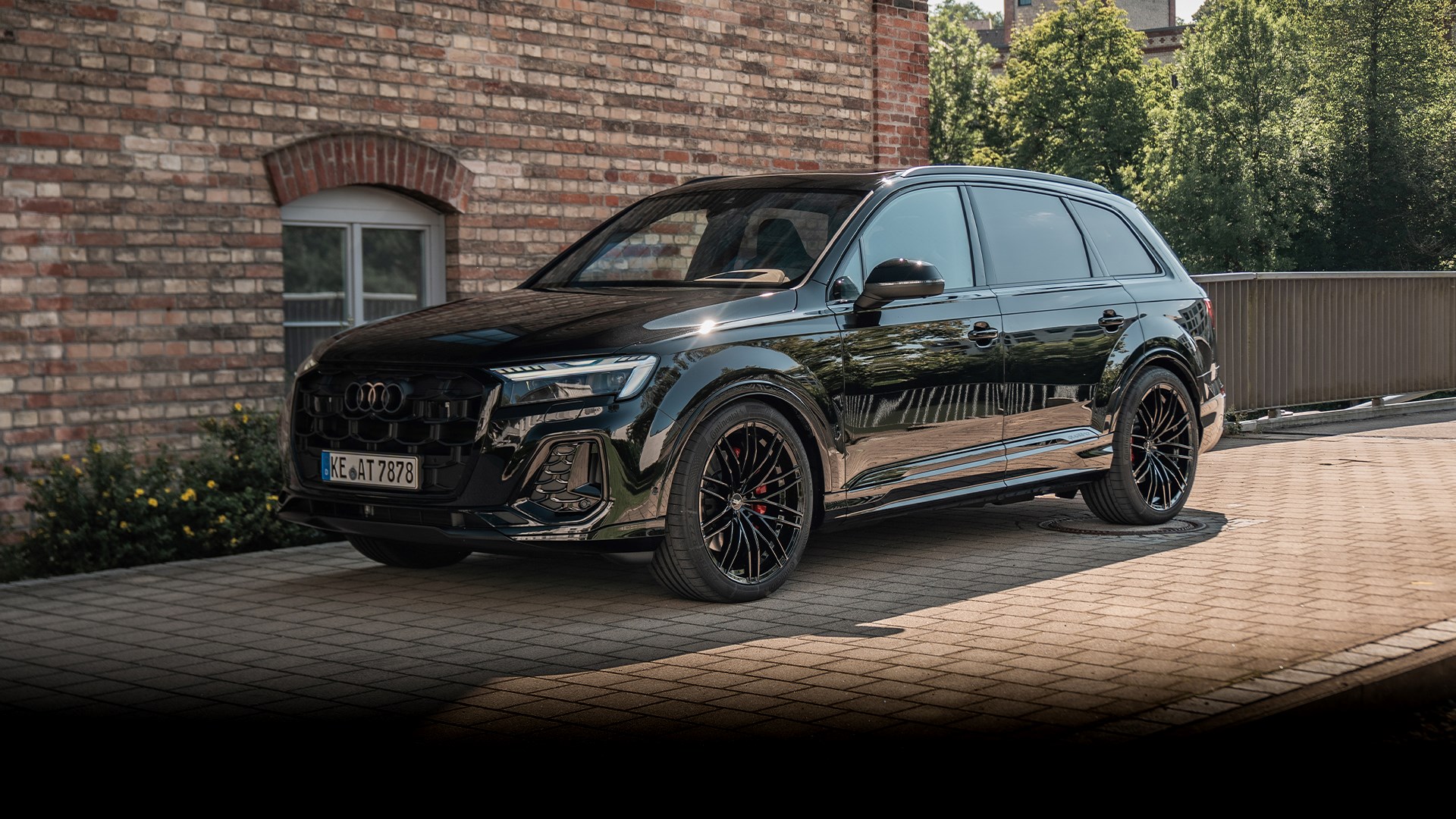
For those who want luxury without the high repair costs, the Q7 might not be the best choice, as the combination of expensive parts and labor can quickly drain your wallet.
2. BMW X5
The BMW X5 is a popular luxury SUV, known for its sleek design, powerful engines, and advanced features. Unfortunately, it’s also infamous for its high repair costs. One of the main reasons for the X5’s expensive maintenance is its complex drivetrain.
The vehicle’s automatic transmission and electronically controlled suspension often have issues, requiring expensive repairs or replacements. The suspension system, particularly the air springs, is prone to failure after 60,000 to 80,000 miles, leading to costly fixes.
Another common problem is with the X5’s engine, particularly the turbocharged variants. These engines require frequent attention to prevent issues such as oil leaks and excessive oil consumption.
The timing chain and water pump are also common trouble spots, both of which are costly to replace. Furthermore, the vehicle’s electrical system can be troublesome, with issues related to the alternator, sensors, and control modules.
While the X5 provides an excellent driving experience, its maintenance and repair costs are high. Labor-intensive repairs, especially those involving the engine and transmission, can run into the thousands.
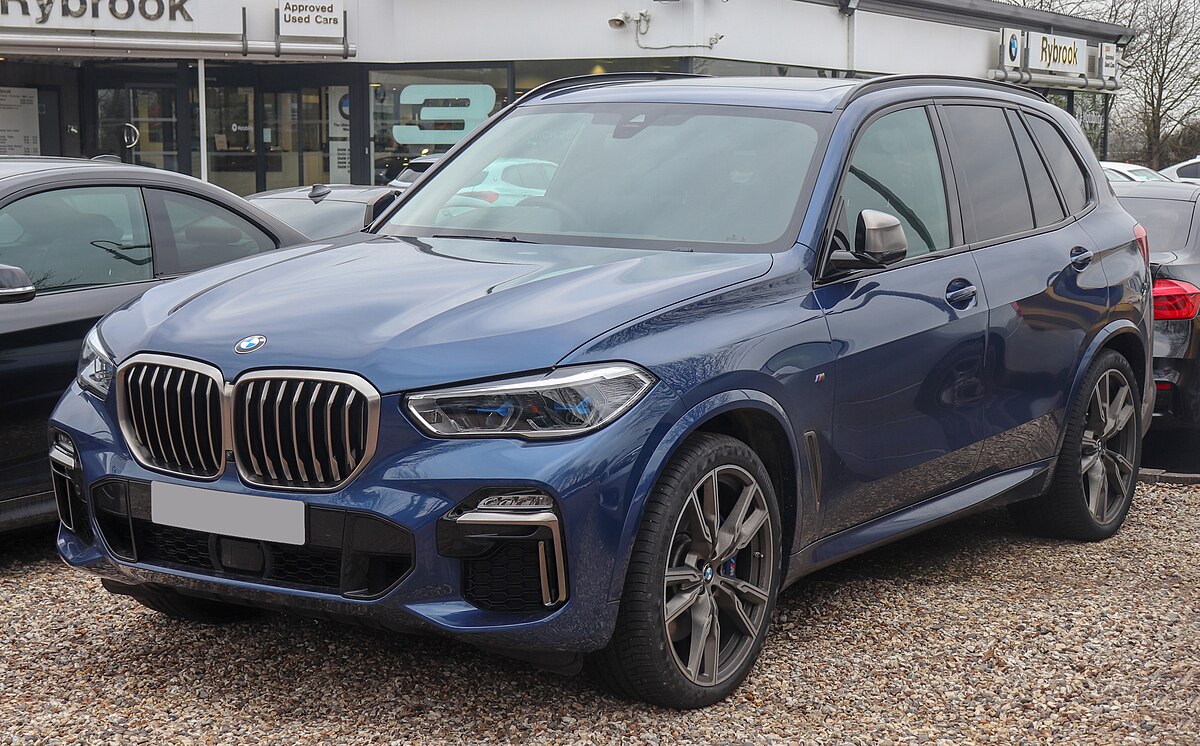
As such, the BMW X5 is better suited for drivers who are prepared for higher ownership costs and don’t mind paying a premium for the privilege of driving a luxury SUV.
3. Land Rover Range Rover
The Land Rover Range Rover is renowned for its luxurious interior and rugged off-road capabilities, but it’s also infamous for its reliability issues and expensive repairs.
The vehicle’s air suspension is one of the biggest problem areas, as it often fails after just a few years of use. When this happens, the cost of replacement can be astronomical, sometimes exceeding $2,000.
Another issue with the Range Rover is its complex drivetrain. The 3.0-liter V6 and 5.0-liter V8 engines, while powerful, are prone to a range of problems, including oil leaks, cooling system failures, and turbocharger issues.
These repairs can be both costly and time-consuming, particularly once the vehicle is out of warranty.
Electrical gremlins are also common in the Range Rover, with faulty sensors, navigation system failures, and issues with the infotainment system frequently reported by owners.
Parts for these vehicles are often expensive, and labor charges at dealerships or specialty repair shops can quickly add up.
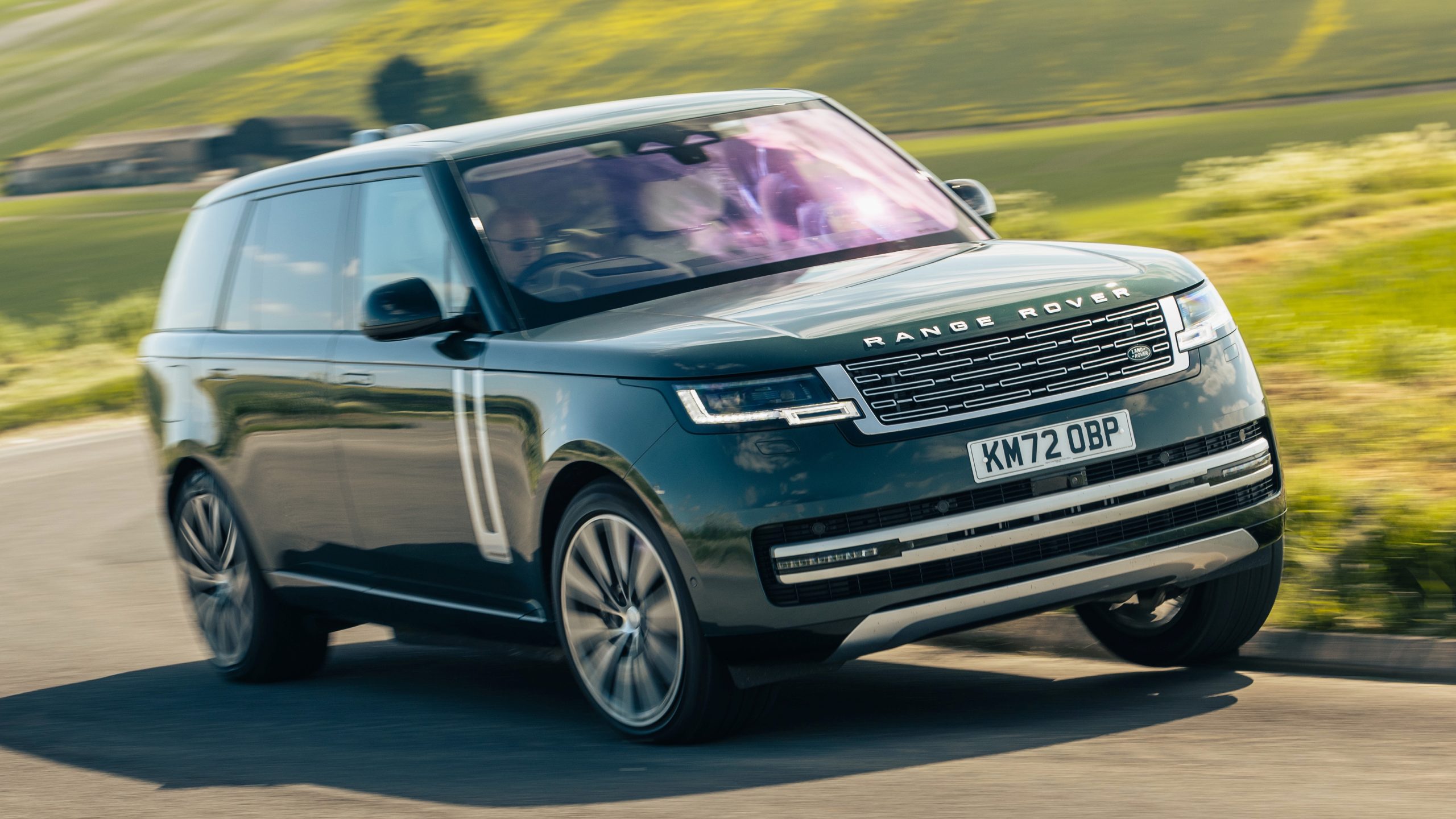
While the Range Rover offers a premium driving experience, its high repair bills can make ownership less enjoyable for those who are not prepared for the ongoing costs.
The combination of costly parts, complex systems, and frequent mechanical issues makes the Range Rover one of the more expensive luxury SUVs to maintain over the long term.
4. Jeep Grand Cherokee
The Jeep Grand Cherokee is a popular mid-size SUV that offers solid off-road capabilities and a variety of engine options. However, this SUV has a long history of mechanical issues that can lead to expensive repairs.
The most common problems with the Grand Cherokee are related to its transmission, especially in the 2011-2014 models.
The transmission control module (TCM) often malfunctions, leading to shifting issues, which can require expensive repairs or replacement of the entire transmission.
Additionally, the Grand Cherokee’s air suspension system, available on higher trims, is known to fail prematurely, leading to high repair costs.
Other issues that have plagued the Grand Cherokee include faulty fuel pumps, leaking oil filters, and problems with the vehicle’s electrical system, including issues with sensors and wiring.
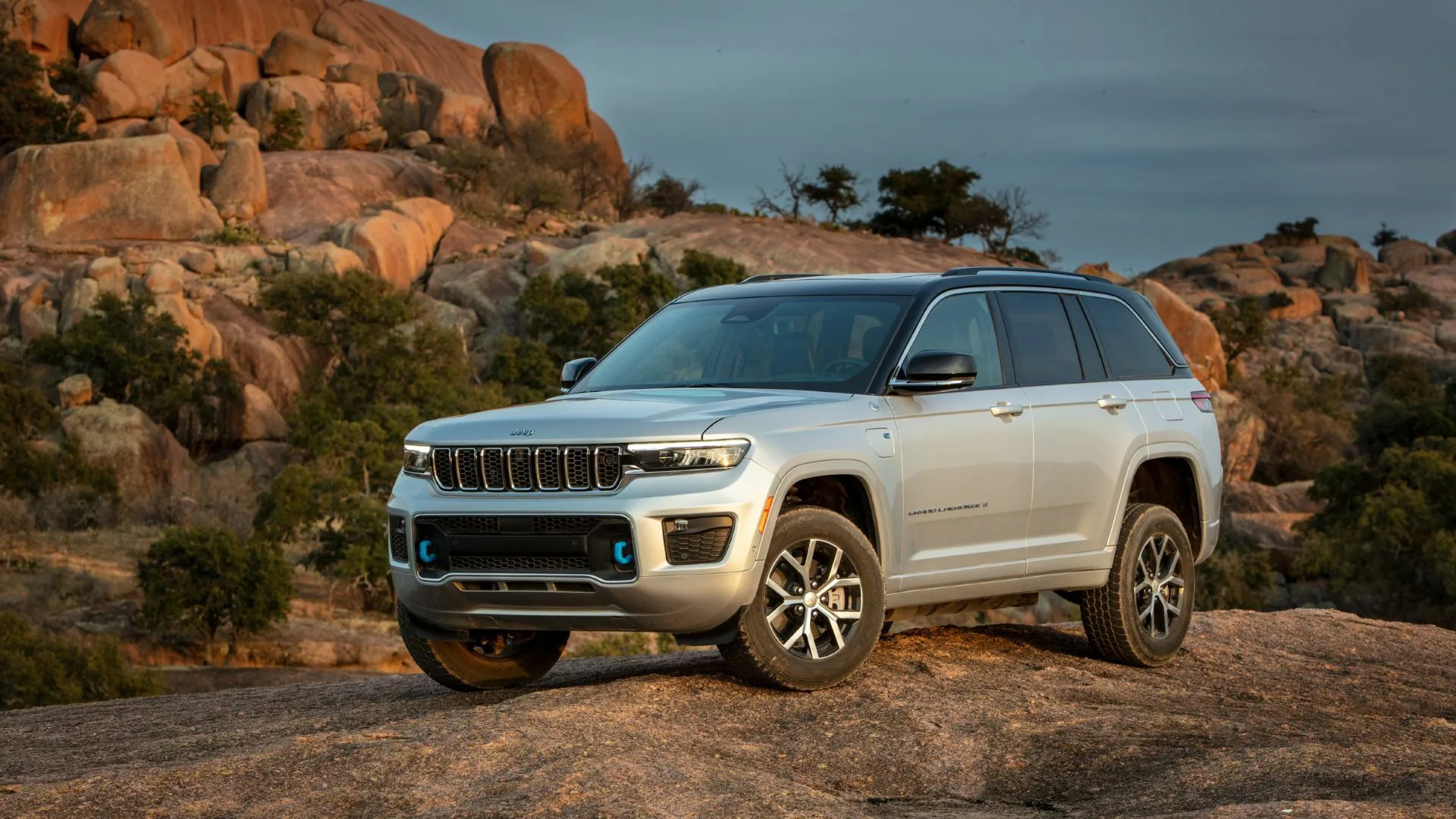
The vehicle’s 3.6-liter V6 and 5.7-liter V8 engines are relatively durable, but issues such as cylinder misfires, excessive oil consumption, and water pump failures have been reported, all of which can lead to costly repairs.
While the Grand Cherokee offers excellent off-road capabilities and a comfortable interior, its tendency to experience mechanical failures means owners can face significant repair costs throughout its lifespan.
5. Mercedes-Benz G-Class
The Mercedes-Benz G-Class is an iconic luxury SUV with a reputation for its performance, off-road prowess, and distinctive styling. However, its high repair costs are one of the main drawbacks of owning this prestigious vehicle.
The G-Class is equipped with a complex powertrain that includes a twin-turbocharged V8 engine, an advanced suspension system, and high-tech features.
While these components offer a superior driving experience, they also tend to be prone to failure, leading to expensive repairs.
The G-Class’s transmission system, in particular, has been known to experience issues, with problems such as erratic shifting and total transmission failure occurring in some models.
Additionally, the vehicle’s air suspension system can fail over time, resulting in costly replacements that can run well into the thousands of dollars.
The G-Class is also notorious for its high-maintenance electrical system, with a range of issues related to the vehicle’s complex wiring and electronic control units.
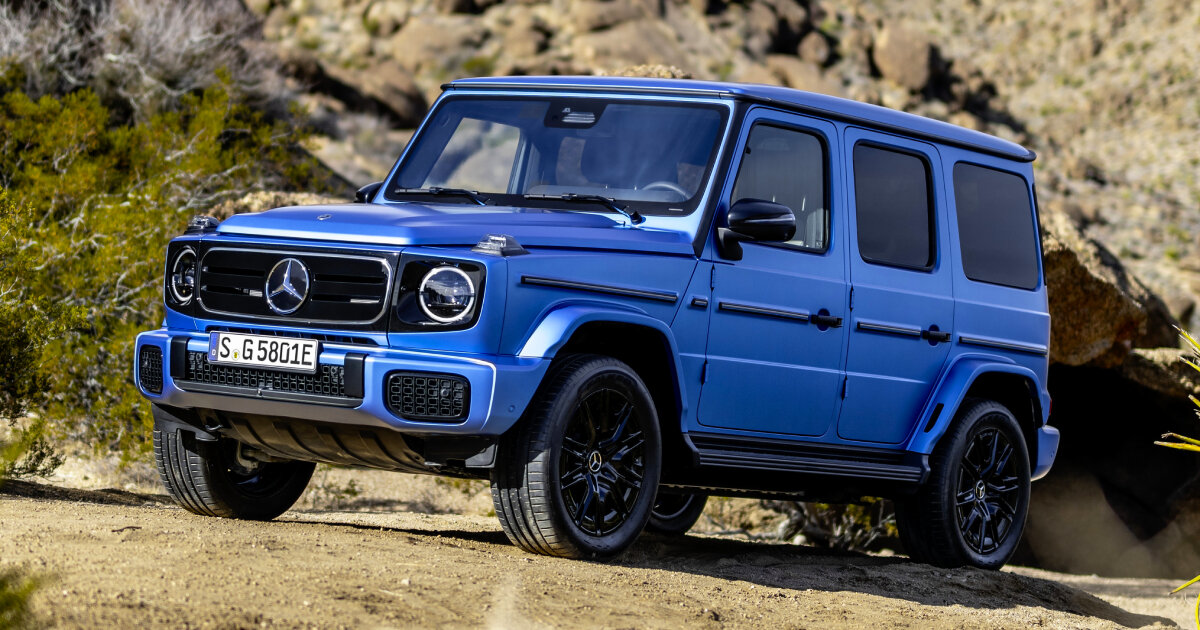
Parts for the G-Class are extremely expensive, and labor costs can be significant, as specialized technicians are often required to work on these vehicles.
Despite the G-Class’s status as a luxury icon, the cost of ownership can be prohibitively high, especially when considering the frequency and severity of its mechanical issues. If you’re in the market for a G-Class, be prepared for steep repair bills down the line.
When it comes to SUVs, the choice between durability and repair costs can be the deciding factor for many buyers.
While some SUVs are engineered to provide years of reliable service with minimal maintenance, others come with a laundry list of potential issues that can drain your wallet over time.
The key is knowing which models offer peace of mind and which ones are likely to require costly repairs as they age.
The five SUVs that last forever with basic maintenance, such as the Toyota Land Cruiser and Honda CR-V, stand out for their simplicity, reliability, and longevity.
These vehicles are known for running strong for hundreds of thousands of miles with just the basics—oil changes, brake checks, and occasional part replacements.
Their strong engineering, availability of affordable parts, and relatively low likelihood of expensive failures make them solid choices for anyone looking to keep maintenance costs low.
Whether it’s the Toyota 4Runner’s off-road durability or the Honda CR-V’s efficient design, these SUVs have earned their place as top performers for long-term ownership.
On the flip side, the five SUVs that demand expensive repairs—like the Audi Q7 and Land Rover Range Rover—are models that often require costly attention and frequent fixes.
From complex air suspension systems to engine failures, these vehicles can quickly become financial burdens once warranties expire.
While they may offer luxury, style, and performance, their expensive parts and labor-intensive repairs can make them impractical for those looking to avoid high upkeep costs.
Ultimately, the choice between these two categories depends on your priorities. If you seek a dependable, low-maintenance vehicle that will serve you well for years without breaking the bank, opting for one of the reliable SUVs is the way to go.
However, if you’re drawn to luxury and are prepared for high repair bills, some of the more complex models might still be worth considering—but be ready to budget for those inevitable repairs.
Also Read: 5 Cars With Digital Dashboards That Age Well and 5 That Glitch Out

